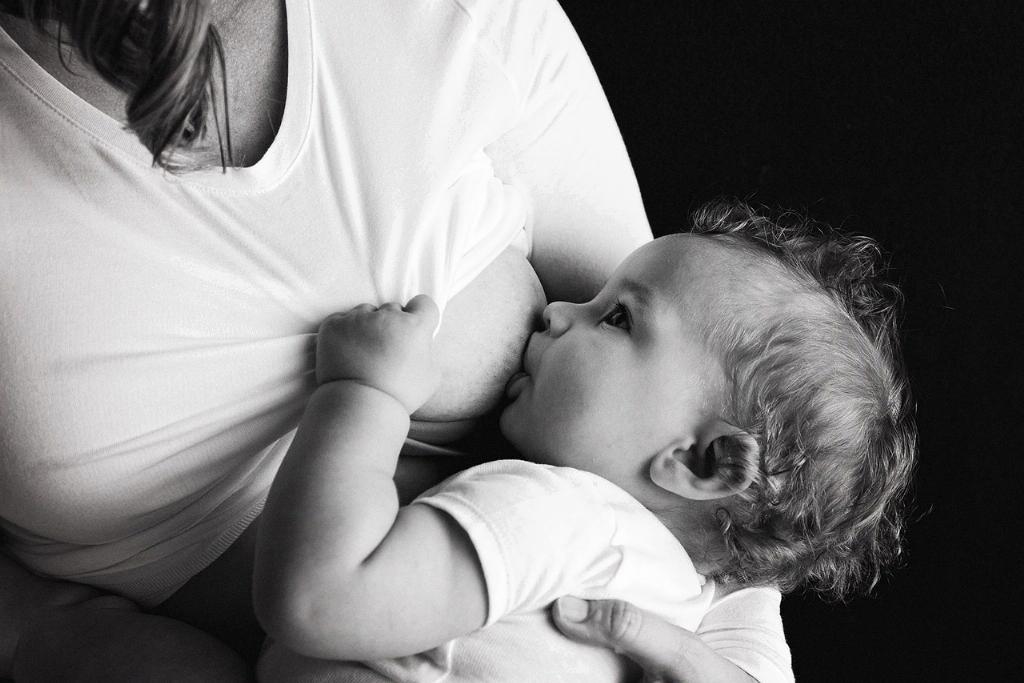When it comes to breastfeeding, there tends to be a lot of misinformation and misconceptions floating around. One of the most common questions that often arises is whether breast size plays a role in a woman’s ability to breastfeed. It’s important to address this question head-on and provide clarity on the topic.
Focusing on Functionality Over Form
It’s essential to understand that the size and shape of a woman’s breasts have no bearing on her ability to breastfeed successfully. Women with large, small, or average-sized breasts can produce an adequate milk supply to nourish their baby. Breast size does not determine milk production.
Physiology of Breastfeeding
During pregnancy, a woman’s body undergoes significant changes to prepare for breastfeeding. Hormones stimulate the growth of milk ducts and milk-producing cells in the breasts, regardless of their size. The ability to breastfeed stems from the complex interplay of hormones, nerves, and milk-producing tissues within the breast.
Efficient Milk Production
The amount of milk a woman can produce is primarily determined by the baby’s demand for milk. The more frequently a baby nurses, the more milk the mother’s body will produce. This process is known as supply and demand and is not influenced by breast size.
Effective Latching and Nursing
One of the key factors in successful breastfeeding is ensuring that the baby latches onto the breast correctly. Regardless of breast size, a proper latch allows the baby to effectively extract milk from the breast, stimulating milk production and maintaining a good milk supply.
Supporting Breastfeeding Mothers
It’s crucial to support all breastfeeding mothers, irrespective of their breast size. Providing encouragement, guidance, and resources can help mothers feel confident in their ability to breastfeed successfully. Education and access to lactation support are essential components of a positive breastfeeding experience.
Dispelling Myths and Misconceptions
There are many myths and misconceptions surrounding breastfeeding and breast size. It’s important to debunk these fallacies and focus on empowering women to breastfeed with confidence, knowing that breast size is not a limiting factor in their ability to nourish their baby.
Embracing Body Diversity
Every woman’s body is unique, and that includes the size and shape of her breasts. Embracing body diversity and understanding that breastfeeding is a natural physiological process can help women feel more comfortable and empowered in their breastfeeding journey.
Celebrating the Bond of Breastfeeding
Breastfeeding is not just about nourishment; it’s also a profound bonding experience between a mother and her baby. Regardless of breast size, the act of breastfeeding fosters closeness, comfort, and emotional connection between a mother and her child.
Seeking Support and Resources
For women who may have concerns or questions about breastfeeding, seeking support from healthcare providers, lactation consultants, or breastfeeding support groups can be beneficial. These resources can provide guidance, assistance, and reassurance to help women navigate their breastfeeding journey.
Empowering Women in Their Breastfeeding Choices
Ultimately, the key message to take away is that women of all breast sizes can breastfeed successfully. By dispelling myths, providing accurate information, and offering support, we can empower women to make informed choices about breastfeeding and embrace the journey with confidence and positivity.
Conclusion
In conclusion, the size of a woman’s breasts does not determine her ability to breastfeed. Breastfeeding is a natural and beautiful process that transcends breast size, emphasizing the importance of support, proper latch, and education in nurturing a positive breastfeeding experience for both mother and baby.

